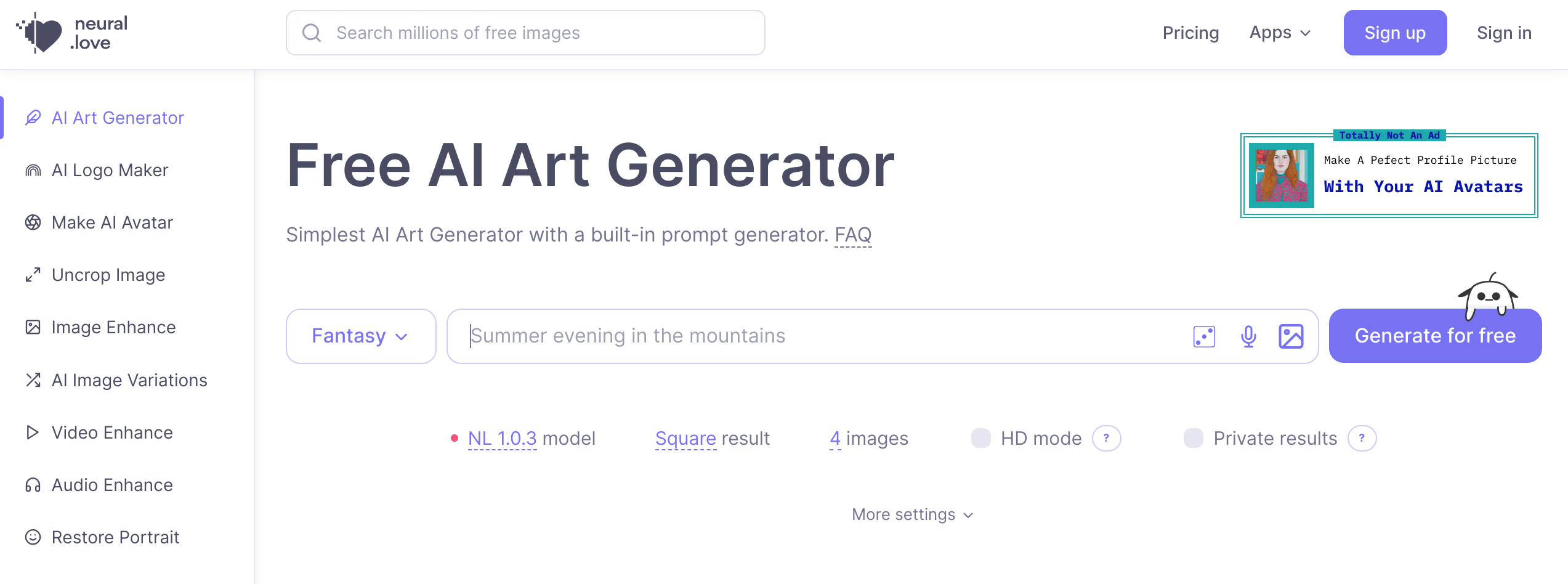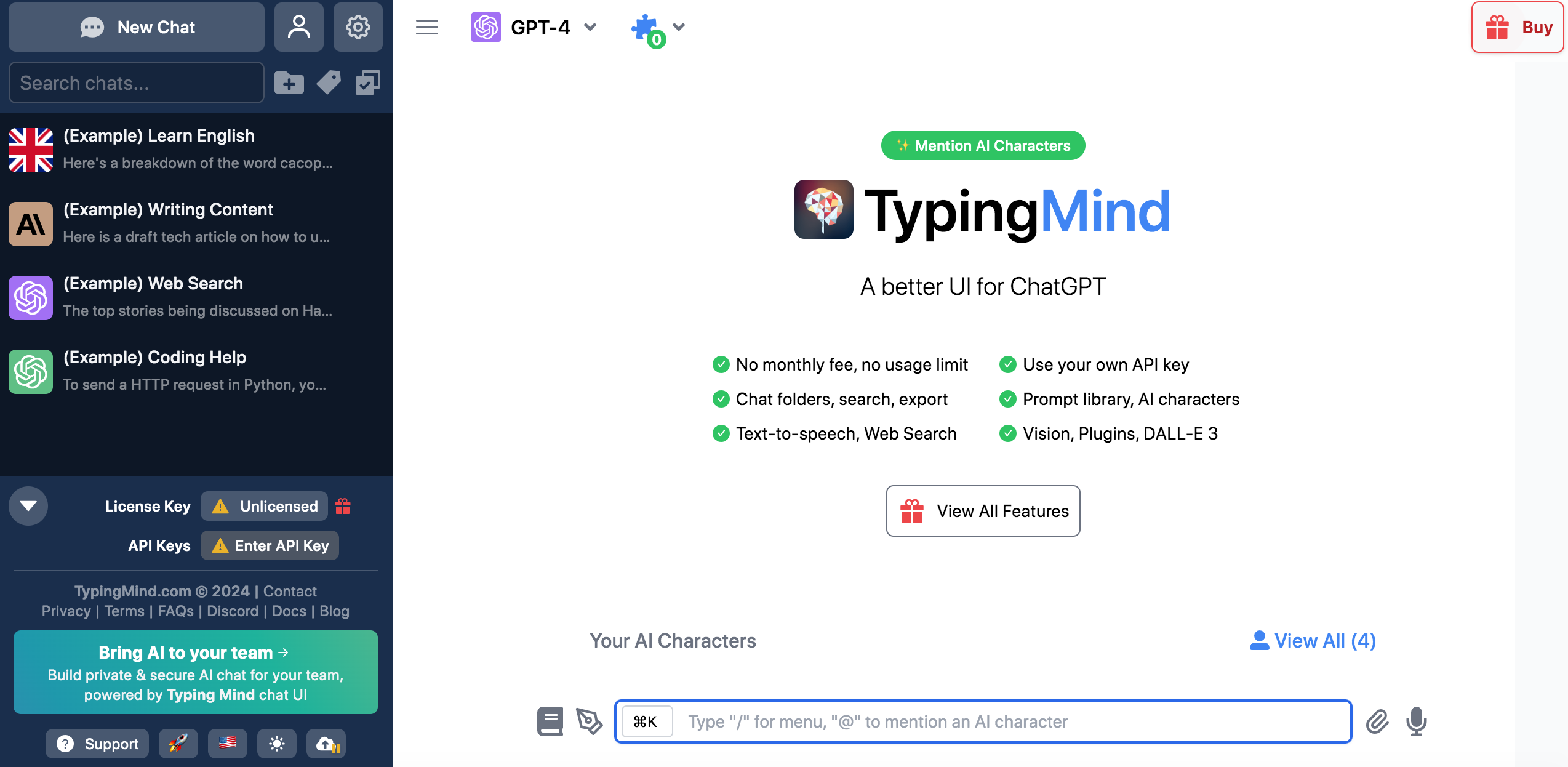Introduction:
In the fast-paced world of decentralized finance (DeFi), Balancer (BAL) stands out as a powerful platform that combines the functionalities of a decentralized exchange (DEX) and an automated portfolio manager. With its innovative approach and advanced features, Balancer provides users with enhanced liquidity, efficient asset management, and customizable portfolio strategies. In this comprehensive review, we will explore the key aspects of Balancer, highlighting why users should consider leveraging this platform to participate in the decentralized financial ecosystem.
What is Balancer?
Balancer is a decentralized finance protocol that operates on the Ethereum blockchain. It combines the functionalities of a DEX and an automated portfolio manager, allowing users to create and manage liquidity pools and build custom portfolios. Balancer’s unique design enables users to balance their token holdings dynamically, ensuring efficient capital allocation and maximizing returns.
Key Features and Functionality:
- Liquidity Pools: Balancer enables users to create and participate in liquidity pools, where they can deposit tokens and earn fees in return. These pools support multi-token configurations, allowing for flexible and customizable asset management.
- Automated Portfolio Management: Users can create and manage their own token portfolios by defining specific asset allocations and weightings. Balancer’s smart routing system automatically balances the portfolio to maintain the desired allocation, reducing the need for manual intervention.
- Smart Order Routing: Balancer optimizes trades by leveraging its automated portfolio management capabilities. It intelligently routes trades across multiple pools, ensuring users get the best possible execution prices and minimizing slippage.
Benefits of Balancer:
- Enhanced Liquidity: By participating in Balancer’s liquidity pools, users contribute to the overall liquidity of the platform. This improves trading efficiency and reduces price volatility, benefiting both traders and liquidity providers.
- Customizable Portfolios: Balancer allows users to create their own customized portfolios, giving them greater control over their asset allocation strategies. This flexibility enables diversification and tailored risk management, aligning with individual investment preferences.
- Passive Income Generation: Liquidity providers in Balancer pools earn fees from trading activities. By staking their assets in liquidity pools, users can generate passive income while contributing to the liquidity ecosystem.
Pros and Cons of Balancer:
Pros:
- Flexible and customizable portfolio management
- Enhanced liquidity and reduced price volatility
- Passive income generation through liquidity provision
- Efficient trade execution through smart order routing
Cons:
- Complexity for novice users
- Reliance on the Ethereum network, which can lead to high transaction fees during periods of congestion
How to Use Balancer:
- Connect your Ethereum wallet to the Balancer platform.
- Explore the available liquidity pools and analyze their composition and historical performance.
- Choose a pool that aligns with your investment goals and risk tolerance.
- Deposit your desired tokens into the selected pool.
- Monitor your portfolio performance and adjust allocations as needed.
Conclusion:
Balancer (BAL) is an innovative decentralized finance platform that combines the functionalities of a DEX and an automated portfolio manager. By offering enhanced liquidity, customizable portfolio strategies, and efficient asset management, Balancer provides users with valuable tools to participate in the evolving DeFi landscape.
While the platform may have a learning curve for novice users and relies on the Ethereum network, the potential benefits of liquidity provision, customizable portfolios, and efficient trade execution make Balancer an attractive option for those seeking to maximize their participation in decentralized finance.

















